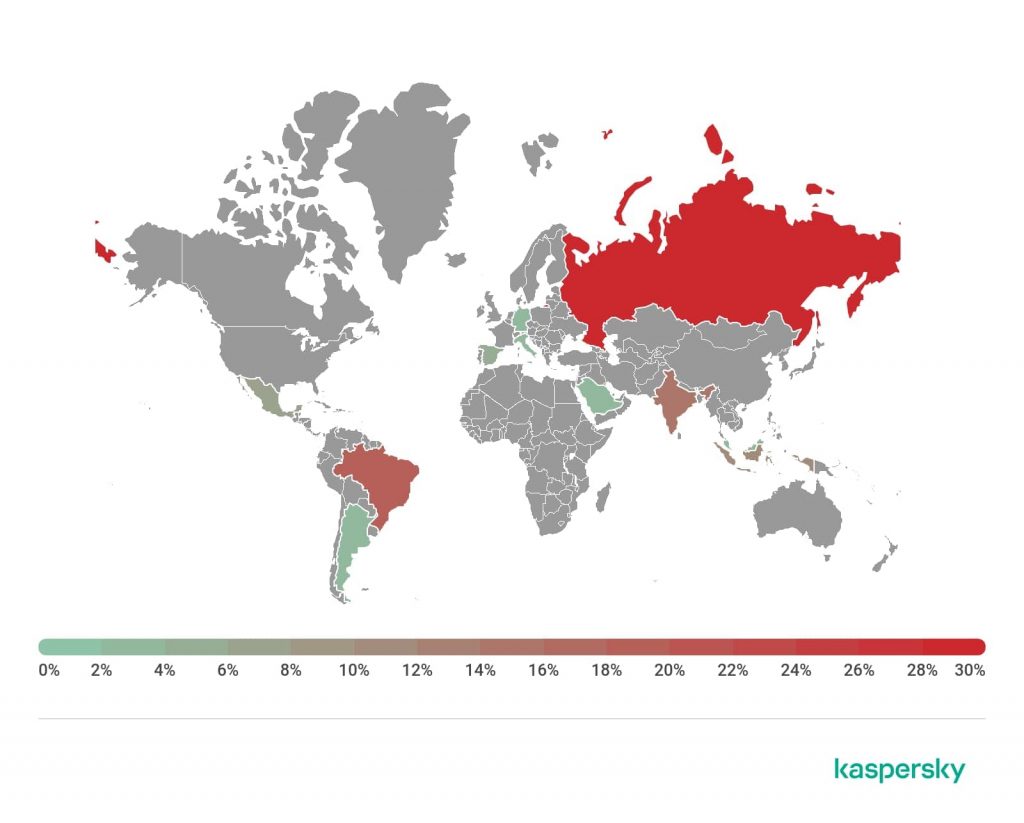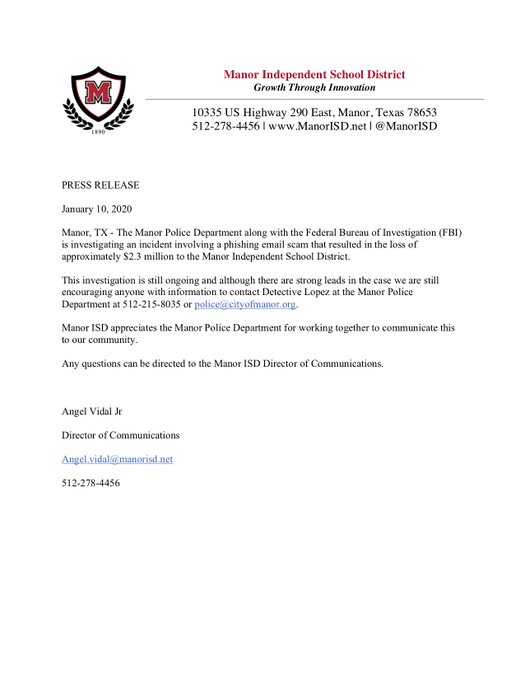PC World (EUA) 16/01/2020 às 15h00

Como esperado, a Microsoft revelou uma falha no Windows que afetou a biblioteca criptográfica do Windows 10.
Apesar disso, as atualizações publicadas na última terça-feira (14)
corrigem o problema, específico do Windows 10 e Windows Server.A falha, CVE-2020-0601, foi encontrada na biblioteca criptográfica do
modo de usuário, CRYPT32.DLL, que afeta os sistemas do Windows 10. (Ao
contrário dos rumores anteriores, não afeta o Windows 7, que coincidentemente foi encerrado na terça-feira.)
Felizmente, a Microsoft relatou que a biblioteca não estava em uso
ativo, embora isso não impeça um invasor de explorar a falha.
Especificamente, o ataque pode permitir que o malware seja ocultado por
trás de uma assinatura criptográfica falsificada. Portanto, o antivírus
pode identificar o malware como aplicativo legítimo, induzindo o usuário
a se tornar uma vítima.
A Microsoft não citou a fonte que revelou a vulnerabilidade. O Washington Post
havia relatado que a Agência de Segurança Nacional (NSA) desenvolveu a
pesquisa e a entregou à gigante da tecnologia. A própria NSA recebeu o
crédito pela descoberta em um comunicado de segurança. "A exploração da
vulnerabilidade permite que os invasores derrotem as conexões de rede
confiáveis e forneçam código executável enquanto aparecem como
entidades legitimamente confiáveis", afirmou a NSA.
“Exemplos onde a validação de confiança pode ser afetada incluem:
conexões HTTPS, arquivos e e-mails assinados, [e] código executável
assinado iniciado como processos no modo de usuário.”
A NSA aconselhou que os usuários apliquem os patches do Patch Tuesday o mais rápido possível para evitar riscos.
"A NSA avalia que a vulnerabilidade é grave e que atores cibernéticos
sofisticados entenderão a falha subjacente muito rapidamente e, se
explorados, tornarão as plataformas mencionadas anteriormente como
fundamentalmente vulneráveis", escreveu a NSA.
“As consequências de não corrigir a vulnerabilidade são graves e
generalizadas. As ferramentas de exploração remota provavelmente serão
disponibilizadas de forma rápida e ampla.” Os usuários devem garantir
que os seus PCs com Windows 10 estejam atualizados.


